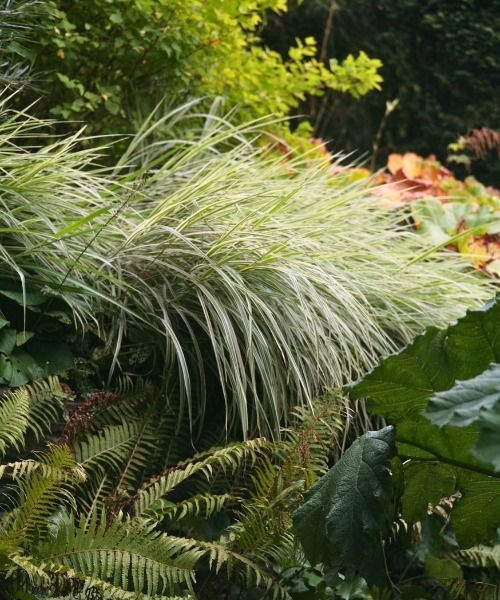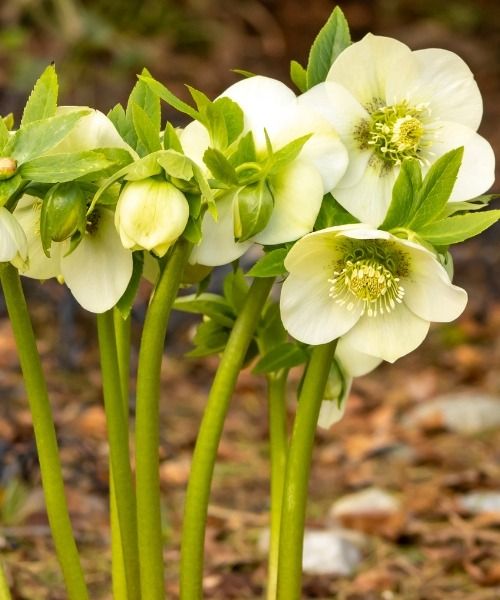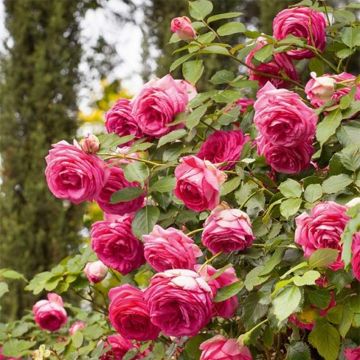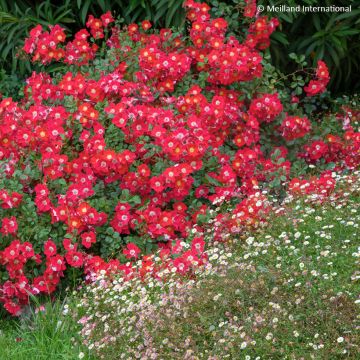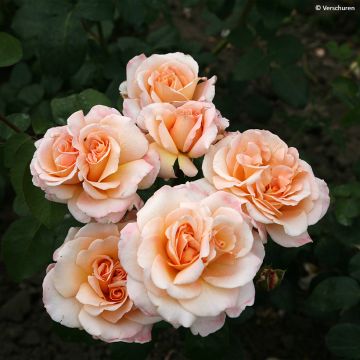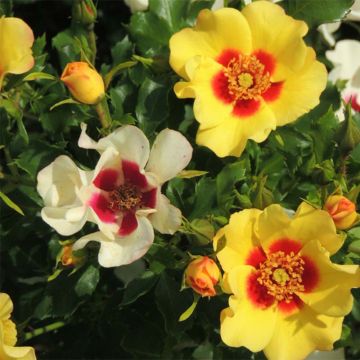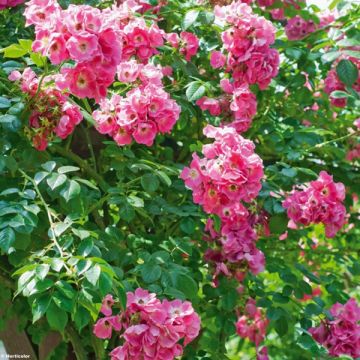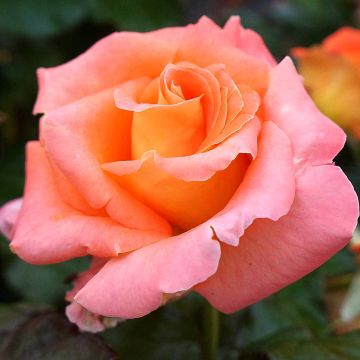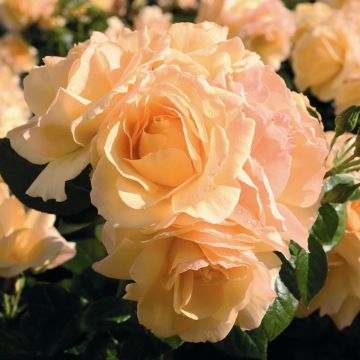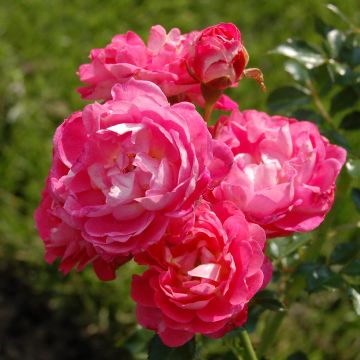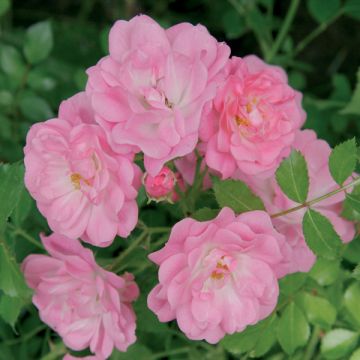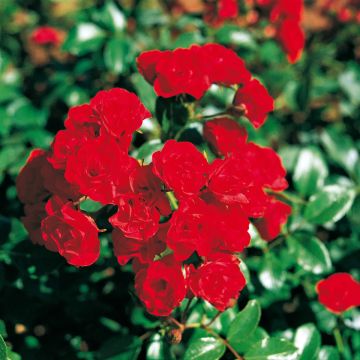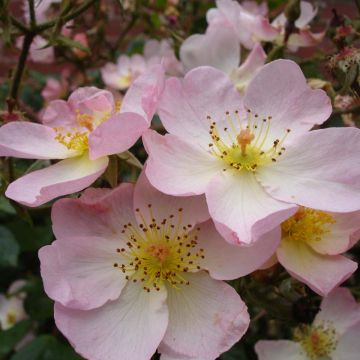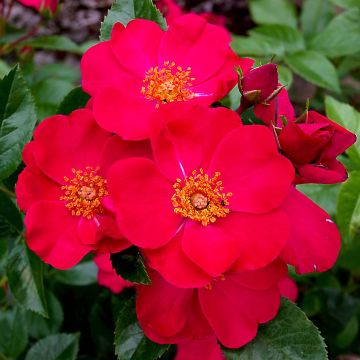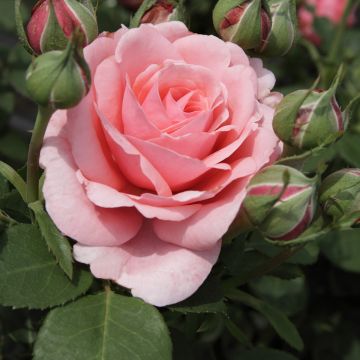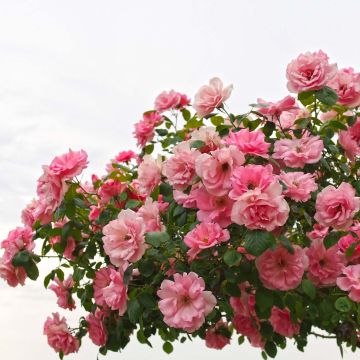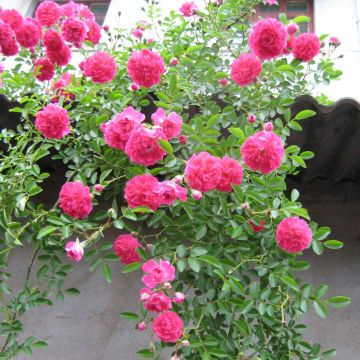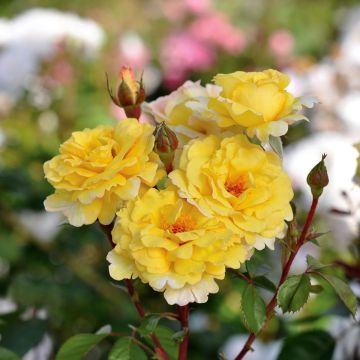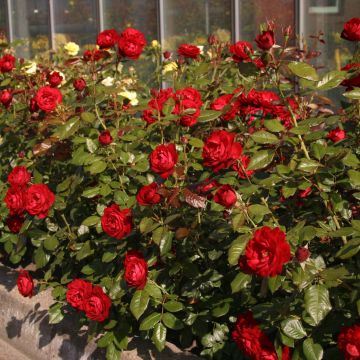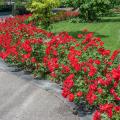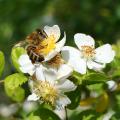Roses by purpose, all our special offers
Does this plant fit my garden? Set up your Plantfit profile →
Available in 4 sizes
Available in 3 sizes
Available in 2 sizes
Available in 3 sizes
Available in 2 sizes
Available in 2 sizes
Available in 2 sizes
Available in 4 sizes
Available in 2 sizes
Available in 2 sizes
Available in 2 sizes
Available in 2 sizes
Available in 2 sizes
Available in 2 sizes
Available in 2 sizes
Available in 2 sizes
Available in 2 sizes
Available in 2 sizes
Available in 2 sizes
Available in 2 sizes
Available in 2 sizes
Available in 2 sizes
Available in 2 sizes
Available in 2 sizes
Available in 2 sizes
Available in 2 sizes
Available in 2 sizes
Available in 2 sizes
Available in 2 sizes
Available in 3 sizes
Available in 2 sizes
Available in 2 sizes
How to properly use a rose bush is often the second question we ask ourselves after acquiring a marvel spotted in a catalog. Climbing, liana, shrub, landscape bush, ground cover or dwarf, what will be the place of this rose bush in our decor? Pillars of the ornamentation of many gardens, roses come in an infinite varieties and find extremely varied uses, often dictated by their stature, but also by their perennial or non-perennial nature, their ability to produce beautiful fruit, or their fragrance. Properly using a rose bush means knowing how to showcase it as the centerpiece of a beautiful plant scene, or allowing it to integrate into a larger ensemble composed of a multitude of other plants.
Wondering, which variety should I plant in a mass, in a pot, for borders, hedges, slopes, to train on an arch or a arbor, or even on a pergola? To guide you in your choice, we have listed all of our roses by type of use.
Haven't found what you were looking for?






























